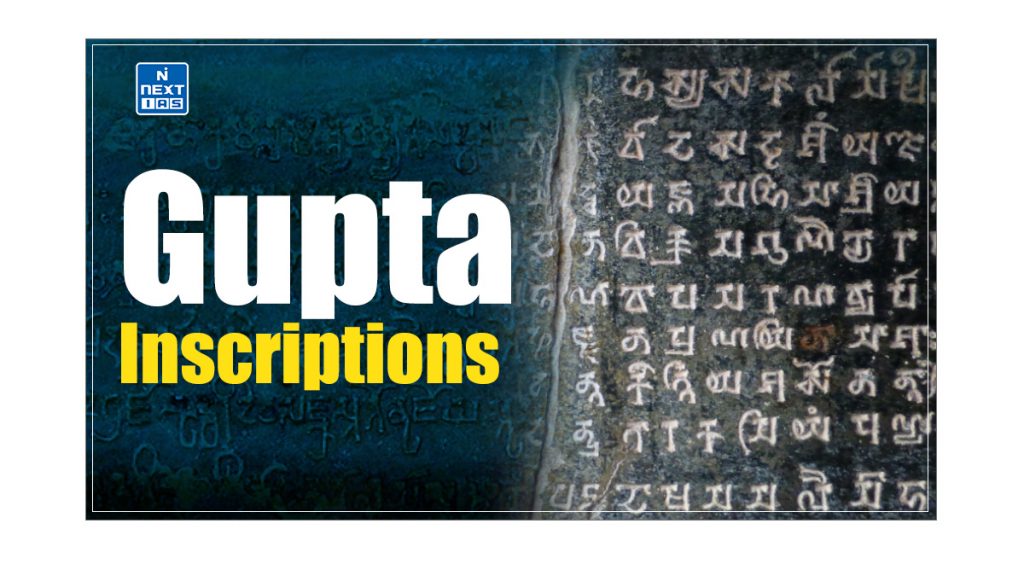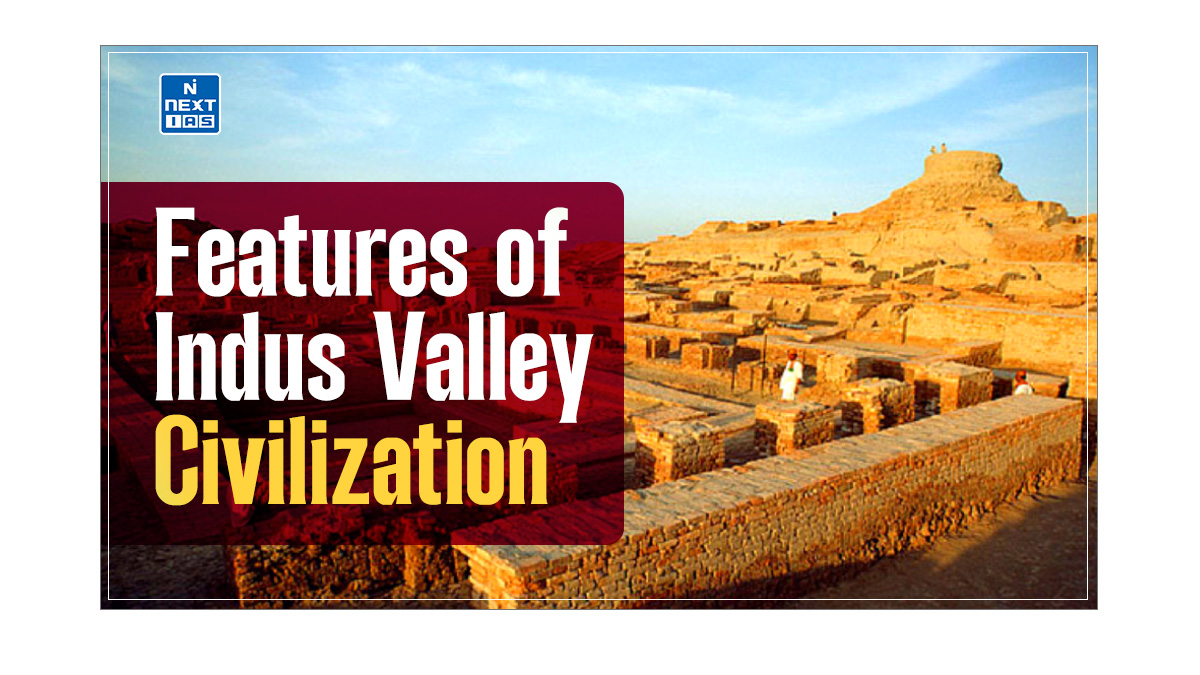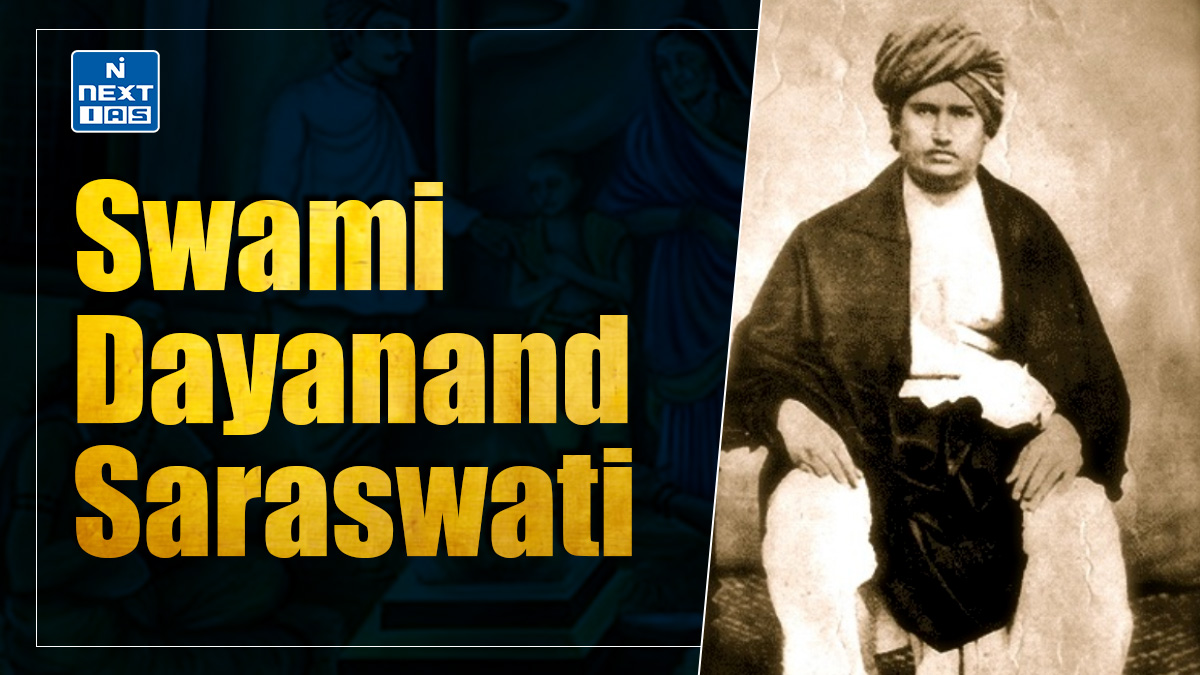
Gupta inscriptions are an invaluable source of historical information from the Gupta Empire, which flourished in ancient India between 320 and 550 CE. These inscriptions, carved on pillars, copper plates, and rocks, offer detailed accounts of the political, social, and economic conditions of the time. This article aims to study in detail the major Gupta inscriptions, their location, description and other related aspects.
About Gupta Period
- The Gupta Empire (320–550 CE) marked a significant period in Indian history, often called the “Golden Age” due to the immense advancements in culture, science, and political stability.
- During this time, India saw the flourishing of art, literature, architecture, and learning while its political structure and economy thrived under a strong centralised monarchy.
- The social fabric of the Gupta era was complex, with a well-established caste system, evolving religious practices, and notable changes in social norms.
Read our detailed article on the Gupta Empire, Gupta Administration, Gupta Society, Gupta Science and Technology, Gupta Economy, Gupta Literature, Guild System and Gupta Art and Architecture.
Gupta Inscriptions
- Gupta inscriptions are an invaluable source of historical information from the Gupta Empire, which flourished in ancient India between 320 and 550 CE.
- Gupta inscriptions, carved on pillars, copper plates, and rocks, offer detailed accounts of the political, social, and economic conditions of the time.
- Gupta inscriptions include royal proclamations, records of conquests, and descriptions of significant events and donations.
- Gupta inscriptions are crucial for understanding the empire’s administrative practices, royal achievements, and cultural developments.
- Gupta inscriptions provide insights into the governance and religious patronage of the Gupta rulers, shedding light on their contributions to art, literature, and infrastructure.
- Through these Gupta inscriptions, historians can reconstruct aspects of Gupta society and its impact on subsequent Indian and global history.
All the major inscriptions of the Gupta Period have been discussed in detail in the following section.
Prayag Prashasti Inscription
- The Prayag Prashasti Inscription is in the state of Allahabad, Uttar Pradesh.
- Prayag Prashasti Inscription is one of the most significant pillars of the Gupta period.
- Harishena, the court poet of Samudragupta, inscribed it.
- The Prayag Prashasti inscription provides a comprehensive list of the kingdoms conquered by Samudragupta, showcasing his extensive military achievements and consolidation of power.
- Prayag Prashasti’s Inscription also highlights his status as a great ruler and patron of the arts.
Garuda Pillar Inscription
- The Garuda Pillar Inscription is located in Mehrauli, Delhi
- The Garuda Pillar inscription is dedicated to Chandragupta II, also known as Chandragupta Vikramaditya.
- Garuda Pillar Inscription is notable for its description of Chandragupta II’s achievements and his role in the expansion and consolidation of the Gupta Empire.
- Garuda Pillar Inscription also reflects the artistic and cultural prosperity of his reign.
Mandsaur Inscription
- The Mandsaur Inscription is located in Mandsaur, Madhya Pradesh
- Mandsaur Inscription describes Vatasbhatta, a local dignitary, and includes information about the guild of silk weavers.
- The Mandsaur Inscription provides valuable insights into the local administration, economic activities, and the role of trade guilds in the Gupta period.
Indore Copper Plate Inscription
- The Indore Copper Plate Inscription is located in Indore, Madhya Pradesh.
- Indore Copper Plate Inscription mentions the guild of oil merchants.
- Indore Copper Plate Inscription highlights the economic and commercial aspects of the Gupta period, shedding light on the various guilds and their contributions to the economy.
Eran Inscription
- The Eran Inscription is located in Eran, Madhya Pradesh
- The Eran Inscription provides information about Samudragupta and his achievements.
- Eran Inscription is a valuable source for understanding the administrative and political history of the Gupta Empire.
Gaya Inscription
- The Gaya Inscription is located in Gaya, Bihar
- Gaya Inscriptions are copperplate inscriptions that offer detailed information about Samudragupta.
- Gaya’s Inscriptions provide insights into his administration, land grants, and the socio-economic conditions of the time.
Nalanda Inscription
- The Nalanda Inscription is located in Nalanda, Bihar
- Nalanda Inscription is significant for its reference to the early structures of Nalanda University, reflecting the Gupta Empire’s support for education and learning.
Udayagiri Cave Inscription
- The Udaygiri Cave Inscription is located in Udayagiri Caves, Madhya Pradesh.
- The Udayagiri Cave Inscription mentions Chandragupta II and Kumaragupta I.
- Udaygiri Cave Inscription highlights their contributions and achievements, including their patronage of art and architecture.
- The caves are adorned with sculptures and inscriptions that provide insights into the Gupta period’s religious and cultural life.
Junagarh Rock Inscription
- The Junagadh Inscription is located in Junagarh, Gujarat.
- Junagadh Inscription is notable for its mention of Skandagupta and the renovation of the Sudarsana Lake.
- Junagadh Inscription reflects Skandagupta’s infrastructure development and maintenance efforts, which were crucial for sustaining the region’s agricultural productivity and economic prosperity.
Significance of Gupta Inscriptions
- Gupta inscriptions offer detailed and authentic records of the period and are crucial in enhancing our understanding of the Gupta Empire.
- Gupta inscriptions provide invaluable insights into the political, economic, and social aspects of Gupta rule, including royal decrees, military achievements, and societal norms.
- Gupta inscriptions contribute significantly to the study of the Gupta administration by documenting the structure of governance, the extent of territorial control, and the nature of royal patronage.
- Gupta inscriptions also reveal economic activities, such as trade and guild operations, and the socio-religious environment, including religious donations and temple construction.
- Overall, Gupta inscriptions are essential for comprehensively studying the empire’s administration, culture, and legacy.
Conclusion
These Gupta inscriptions collectively provide a rich historical record of the Gupta Empire, offering insights into the rulers’ achievements, administrative practices, economic activities, and cultural contributions. They are crucial for understanding the political, social, and economic dynamics of one of India’s most celebrated historical periods.
Frequently Asked Questions (FAQs)
Which Gupta ruler has the maximum number of inscriptions?
Samudragupta has the maximum number of inscriptions among Gupta rulers.
Which Gupta ruler is referred to by the Eran pillar inscription?
The Eran pillar inscription refers to Gupta ruler Bhanugupta.






